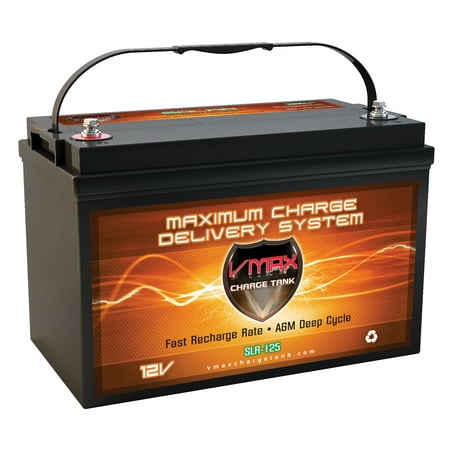like I said under another general thread, I’m going to put in a system on my own house. I’ve considered it for a few years now, but economics kept the project at a low priority. I am just starting to learn and source materials now, and plan to post what I discover and show my progress as I go through the process.
So far I have just started skimming the internet for some of the materials. I did contact two companies that plan, design and install systems. One of them was a very young girl reading from her script, but not really having any knowledge of any of it. She had a great speal about how their system pays for itself in just seven years, and is the best thing around. Sure.... The other company, Iron Edison, had a woman that was pretty knowledgeable and helpful. She sent me a survey to determine what my needs actually are and some more info on products they have. I haven’t opened the email yet, but will post what I learn.
The batteries are my focus right now. From what I’ve learned so far, the four main options ar lead acid, lithium, salt water and nickel iron. Lead acid batteries are the most economical but also have the shortest lifespan, of about 5yrs. The lithium is pricey, but has a ten yr life span. The nickel iron battery lasts 30yrs, but I haven’t gotten a real price on it yet. It has some drawbacks, like producing hydrogen gas, (so ventilation is needed), and they need water added often, (maintenance). The nifi battery also needs the electrolyte changed every 8yrs. I am getting the impression that its costs are comparable to the lithium, but will post when I learn more. The salt water batteries are new to me, but I learned the biggest manufacturer of them went bankrupt recently, so I’m more wary of them for now.
I hope this wasn’t too boring talking about batteries for this long! I am the first to admit I’m a novice at this topic, but hope I can learn and share the experience as I put in a system.
So far I have just started skimming the internet for some of the materials. I did contact two companies that plan, design and install systems. One of them was a very young girl reading from her script, but not really having any knowledge of any of it. She had a great speal about how their system pays for itself in just seven years, and is the best thing around. Sure.... The other company, Iron Edison, had a woman that was pretty knowledgeable and helpful. She sent me a survey to determine what my needs actually are and some more info on products they have. I haven’t opened the email yet, but will post what I learn.
The batteries are my focus right now. From what I’ve learned so far, the four main options ar lead acid, lithium, salt water and nickel iron. Lead acid batteries are the most economical but also have the shortest lifespan, of about 5yrs. The lithium is pricey, but has a ten yr life span. The nickel iron battery lasts 30yrs, but I haven’t gotten a real price on it yet. It has some drawbacks, like producing hydrogen gas, (so ventilation is needed), and they need water added often, (maintenance). The nifi battery also needs the electrolyte changed every 8yrs. I am getting the impression that its costs are comparable to the lithium, but will post when I learn more. The salt water batteries are new to me, but I learned the biggest manufacturer of them went bankrupt recently, so I’m more wary of them for now.
I hope this wasn’t too boring talking about batteries for this long! I am the first to admit I’m a novice at this topic, but hope I can learn and share the experience as I put in a system.





















































